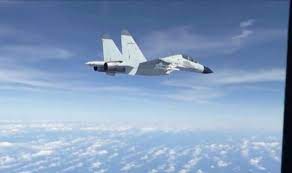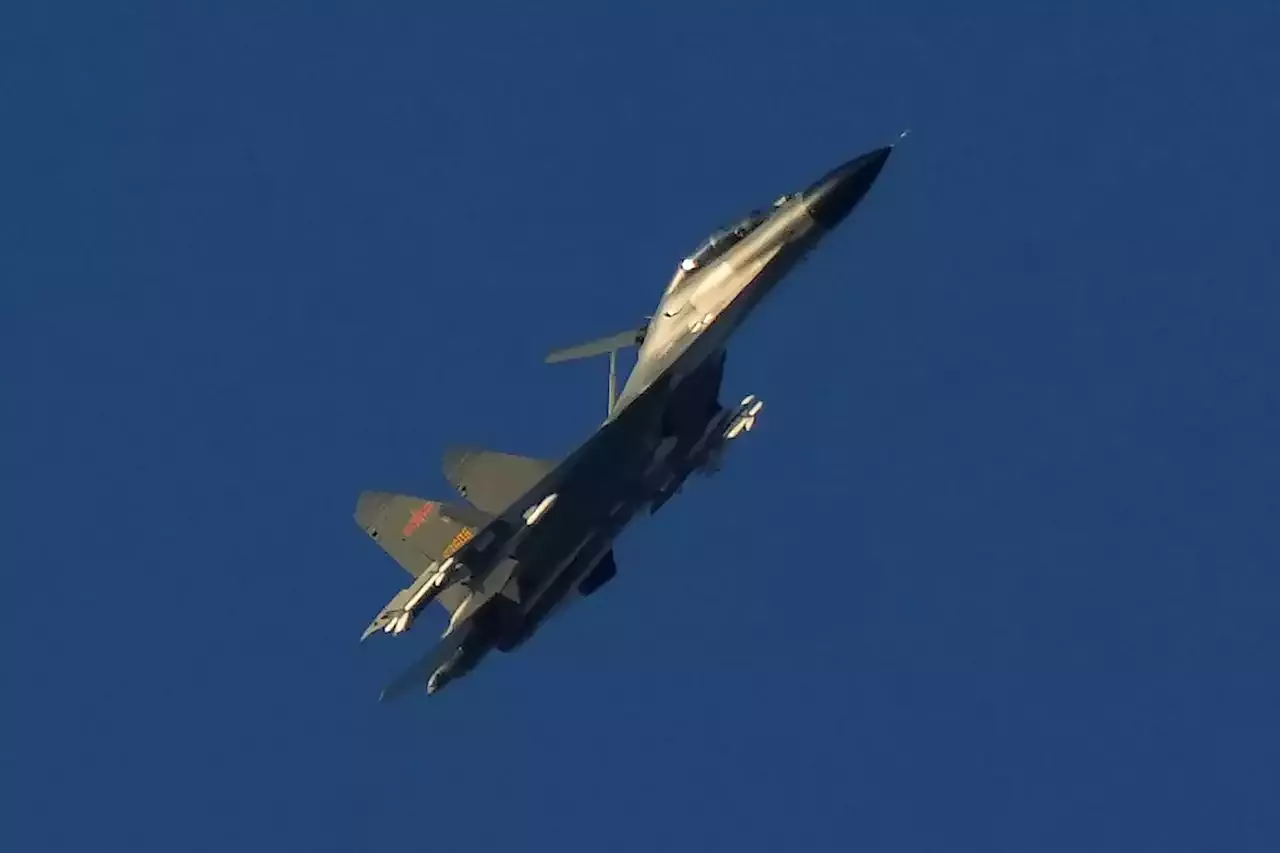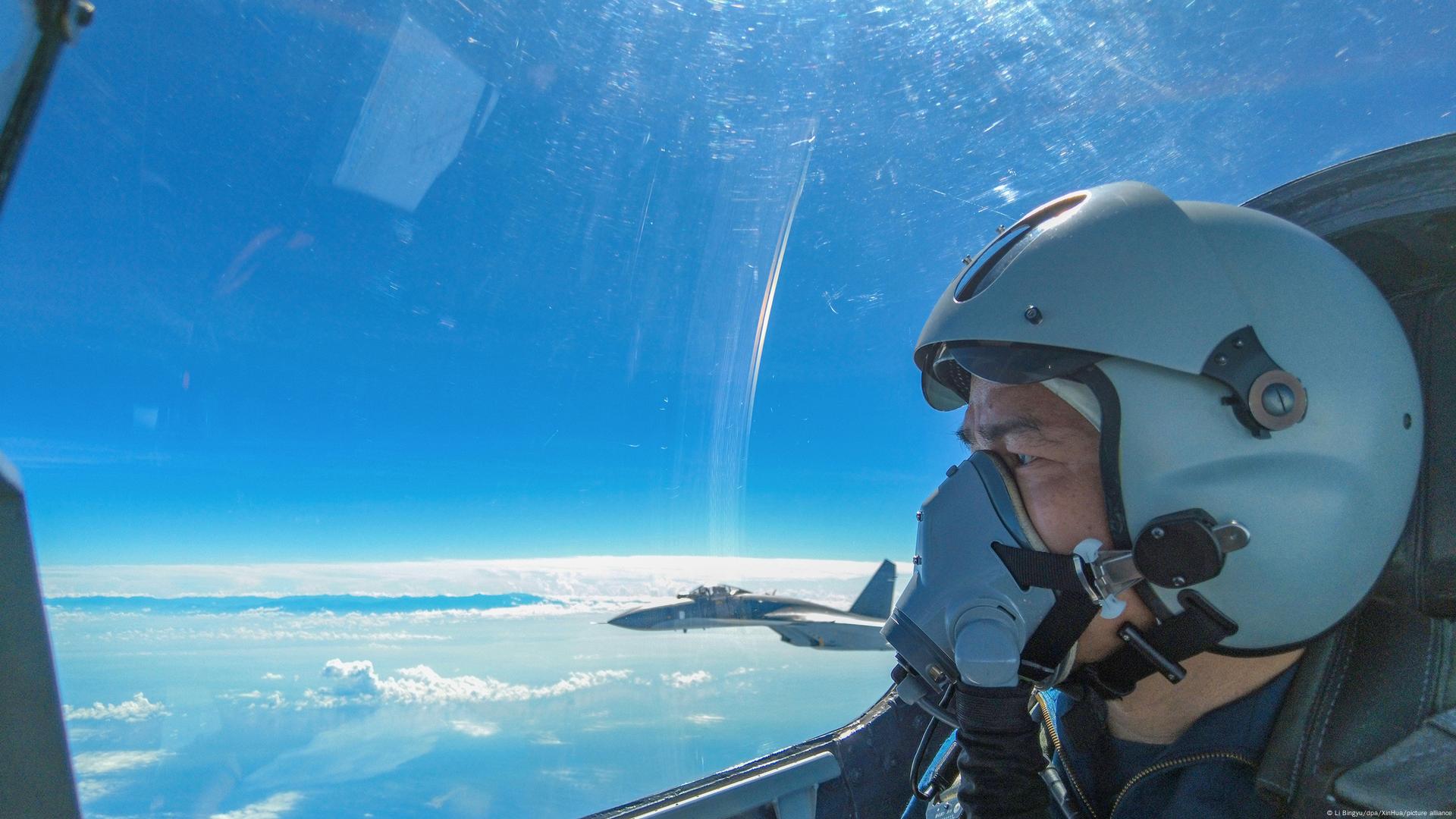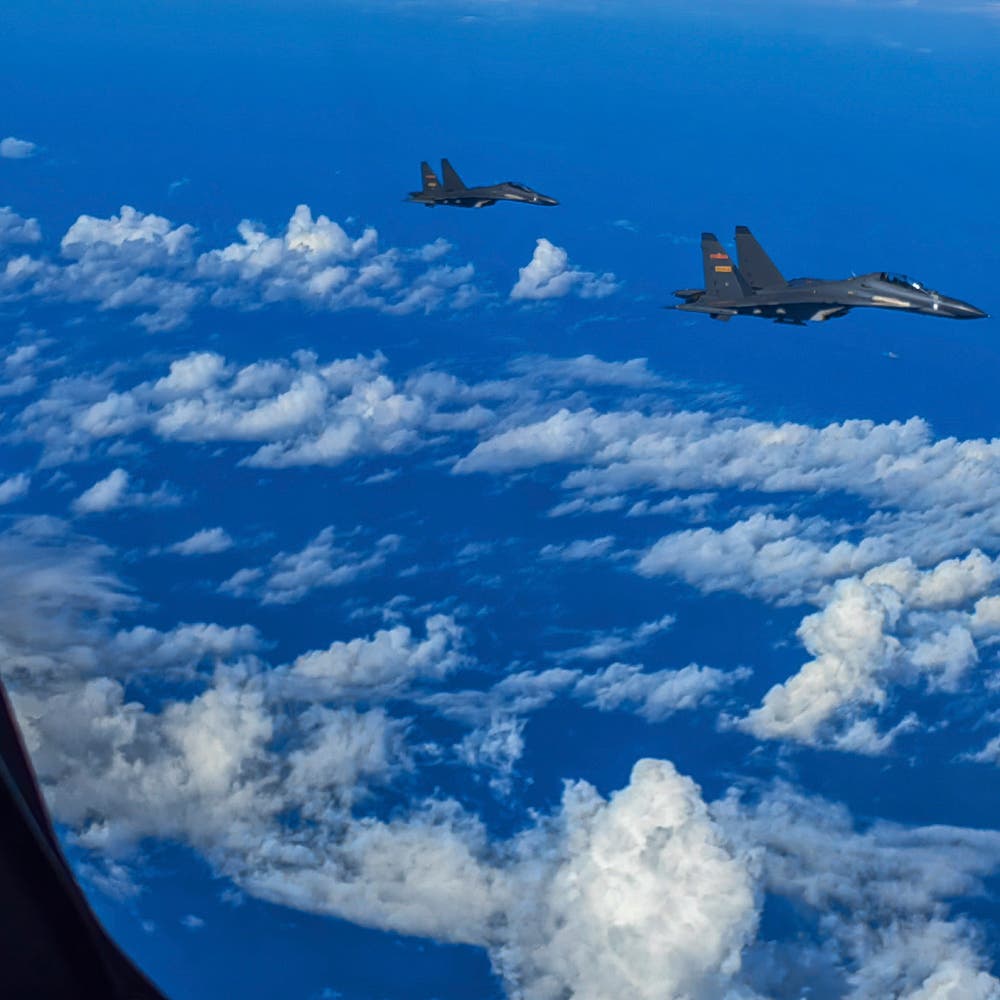Chinese jet almost collides with US aircraft: What happened, and what is the South China Sea conflict?

What happened when a Chinese plane almost collided with a US plane, and what is the conflict in the South China Sea? The Chinese jet came within 20 feet of its plane’s nose in international airspace over the South China Sea, according to a US statement. Previously, a Chinese plane was involved in a similar incident with Australia. This is what’s going on.
On Thursday, the US Indo-Pacific Command, the US Armed Forces’ unified combatant command for the Indo-Pacific region, issued a statement on its website (December 29). “On December 21, a main People’s Liberation Army – Navy J-11 fighter pilot engaged in an unsafe manoeuvre during an intercept of a United States Air Force RC-135 aircraft lawfully conducting routine operations over the main South China Sea in international airspace,” the statement said.
The Indian Express investigates the incident and the South China Sea conflict, which has heightened tensions in the region.
Chinese Jet: Perilously close to disaster
The Chinese fighter jet was on a “routine mission” over the main South China Sea when it intercepted the US plane.
While the US military did not specify its mission, the RC-135 is a heavily modified C-135 with severe modifications “primarily related to its on-board sensor suite.” It is frequently employed in reconnaissance missions. The plane, in particular, lacks offensive capabilities.
The Chinese fighter jet in question is the twin-engine Shenyang J-11, a locally manufactured fighter plane based on the Russian Sukhoi Su-27 airframe. It was armed with four missiles on hardpoints under its wings, according to images released by the US military.
The J-11 approached the Boeing’s side and then took up space in front of it, putting the two planes in danger of colliding in mid-air. According to US military sources, the Chinese plane approached the Boeing’s nose and wing within 20 feet (slightly more than six metres), forcing the US crew to perform evasive manoeuvres.
This is also not the first time China has carried out a “unsafe intercept.”
In May, Australia accused China of similar behaviour. According to Australian Prime Minister Anthony Albanese, a Chinese J-16 fighter aircraft intercepted a Royal Australian Air Force P-8 maritime surveillance aircraft on May 26 while conducting routine maritime surveillance.
The Chinese planes flew directly in front of the Australian surveillance plane, firing flares. The Chinese plane then released “chaff,” an anti-radar device made of small pieces of aluminium that entered the engine of the Australian plane.
The Canadian military has also accused China of harassing its patrol planes that were enforcing UN sanctions against North Korea. According to sources, approximately 60 intercepts by Chinese fighter jets have occurred since Christmas 2021, with more than a dozen of them deemed dangerous.

According to Oriana Skylar Mastro, a Chinese military expert and non-resident fellow at the American Enterprise Institute, Beijing is playing a high-stakes “game of chicken” with its pilots. “They’re engaging in these risky behaviours and then telling their opponents that if they weren’t here, it would be safer for them,” Mastro said.
A territorial conflict that began in the 1970s.
The South China Sea is also one of the most volatile areas on the planet. Brunei, China, Indonesia, and Malaysia, the Philippines, Taiwan, and also Vietnam surround it, and it is located just south of the Chinese mainland.
These countries began claiming islands (mostly uninhabited) throughout the sea as early as the 1970s in order to gain control of the region’s various resources, such as untapped oil reserves, natural gas, and fishing grounds. It also has some of the busiest shipping lanes in the world.
Southeast Asian countries dispute this claim, and in 2016, the Permanent Court of Arbitration in The Hague issued its decision on the Philippines’ UN Convention on the Law of the Sea claim against China. It ruled in favour of the Philippines on almost every count. China, a signatory to the UN Convention on the Law of the Sea, has, however, refused to recognise the court’s authority.
Recent advancements
China has been aggressive in claiming and controlling the South China Sea, militarily also occupying various islands and constructing artificial islands in the area.
Despite Beijing’s loud protests, tensions reached a peak when mainly US House Speaker Nancy Pelosi visited Taiwan. China claims Taiwan as its own territory, accusing Pelosi of meddling in its internal affairs. While the US has traditionally avoided territorial disputes with China (whether in Taiwan or Tibet), the superpower’s militarism has increasingly drawn it into the conflict.
The latest incident is the latest in a series of escalations in the region, with both China and its adversaries hardening their positions on the issue.
Importantly, the United States has grown increasingly wary of China’s “grey zone” tactics, which are military or non-military strategies designed to achieve a political goal without resorting to armed conflict.

While China has yet to respond to this aircraft incident, after the previous incident with Australia, it stated that the Australian military aircraft had threatened China’s sovereignty and also security, and that the Chinese military’s countermeasures were reasonable and lawful.
In most cases, if a technology has a market, someone will be waiting in line to sell it. Some, however, can be more difficult than others. The ballpoint pen is an example of a technology that most of us would consider quaint to the point of mediocrity. Despite producing more than 80% of the world’s ballpoint pens, China was unable to produce the entire pen on its own.
Ballpoint tips made in China performed poorly, resulting in scratchy writing. This piqued the interest of government officials, prompting a push to improve indigenous ballpoint technology. For the first time in 2017, they were able to manufacture high-quality ballpoint pens.
The secrets to creating the perfect steel and shaping it into a smooth rolling ball suitable for writing were numerous and complex. The Japanese, German, and Swiss companies that supplied ballpoint tips to China reaped substantial profits from the trade. Sharing insider information about how it’s done would only harm their own business. As a result, China was forced to solve the problem on its own, which took 5 years.
Because the Chinese consumer was more concerned with price than quality, pen manufacturers had little incentive to improve their product. Things began to change after the government declared it a source of national pride. However, the situation is slightly different for jet engines.
China has collaborated closely with Russia on major military purchases in recent decades. Following the fall of the Soviet Union, it has acquired military aircraft for the People’s Liberation Army Air Force, such as the Sukhoi Su-27. China has also pursued its own fighter development programmes, yielding planes like the J-10 and JF-17. While China appears to have had little difficulty developing aerodynamics and avionics, they have yet to develop reliable, world-class jet engines.
Attempts to power Chinese aircraft designs have been hampered by Russia’s refusal to sell fighter engines directly, preferring to sell entire aircraft instead. In recent years, China’s efforts to reverse engineer foreign designs have strained the relationship even further.

Following the signing of an agreement to manufacture 200 Su-27 aircraft locally, China halted production after only 100 units were produced. After choosing to learn from and change the design, the subsequent J-11 ruffled feathers as an unlicensed copy.
Similar efforts were made to speed up jet engine development by replicating engines from other countries. According to reports, the WS-10 design was based on the CFM-56, which was purchased from the United States in the 1980s. Despite having the necessary tools, progress has been slow.
Due to a lack of human capital, insider knowledge, and production hardware and materials, replicating a complex design can be difficult to impossible. Early revisions of the resulting WS-10 engine fell far short of design goals, which aimed to match the AL-31 engine’s thrust output and reliability. Overhauls were required every 30 hours, as opposed to the Russian standard of 400 hours. Anecdotal evidence suggests that the WS-10 also takes longer to generate thrust.
The issues are mostly about materials and machining. Extreme temperatures and pressures must be tolerated by jet engine components while spinning at high RPMs for extended periods of time. Thermal cycling and crack propagation for the materials used must be considered, or the engine will fail before its time. Because all the thrust in the world is useless if the engine needs to be replaced after every flight, reliability is just as important as performance.
National secrets are closely guarded when it comes to producing raw materials and high-tolerance final parts. Spy photos are easy to take at airshows, and blueprints are easy to steal – often by simply searching for CAD files and sending them home. It can be difficult to obtain data on metallurgy, materials, and manufacturing processes.

After 25 years of trying to develop a competitive fighter jet engine, China is still unable to match the performance of a 1970s design. Early production models of China’s latest J-20 stealth fighter used upgraded WS-10B engines, but production models appear to still use Russian Saturn AL-31 engines.
The Chinese-made WS-15 is expected to enter service in a few years, but the J-20 will trail its competitors in thrust until then. This is a significant disadvantage in fighter combat, where energy is everything and one that China will be eager to address. Worse, the J-20 is unable to supercruise until the higher-thrust WS-15 engines mature, necessitating the use of an afterburner to achieve supersonic speeds. China’s premier air superiority fighter will struggle to keep up with its 5th generation counterparts until the situation is resolved.
Edited by Prakriti Arora




